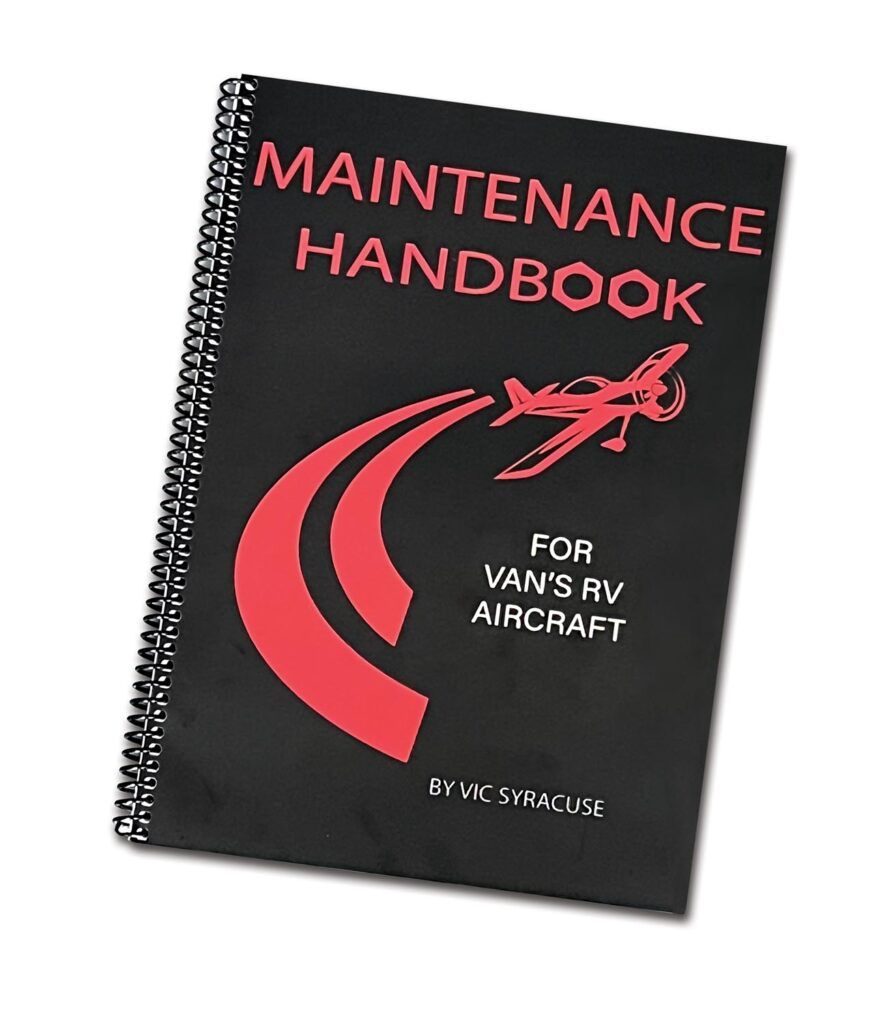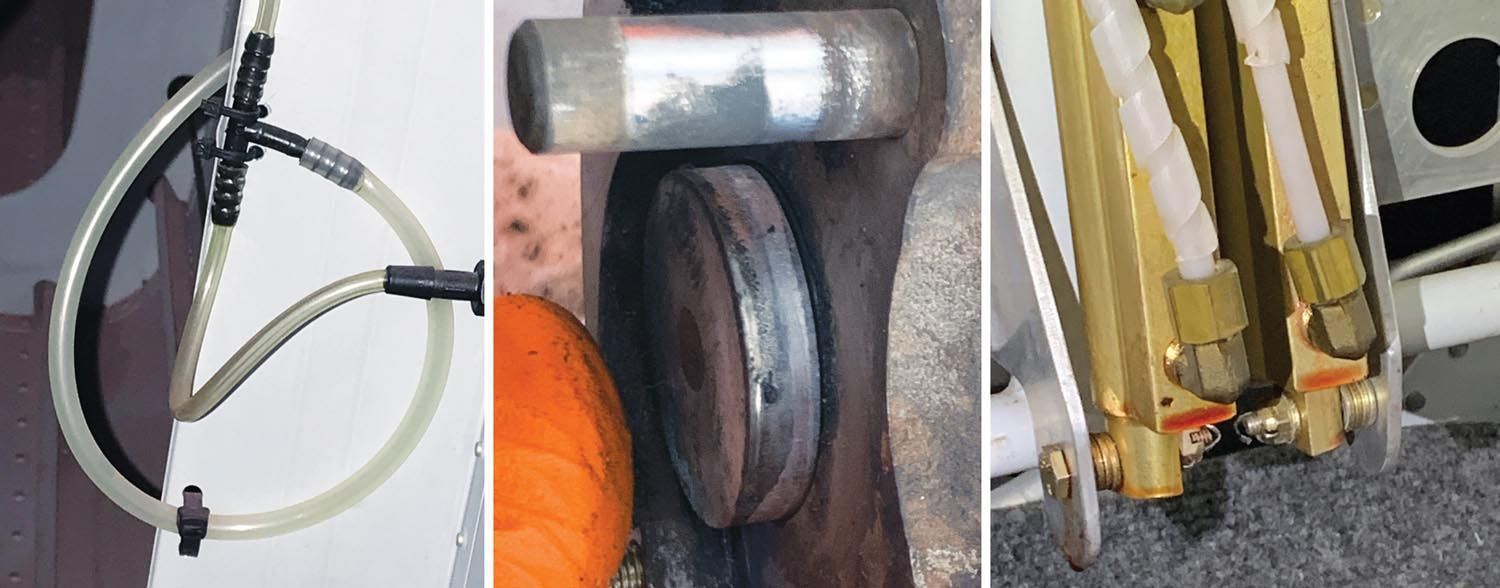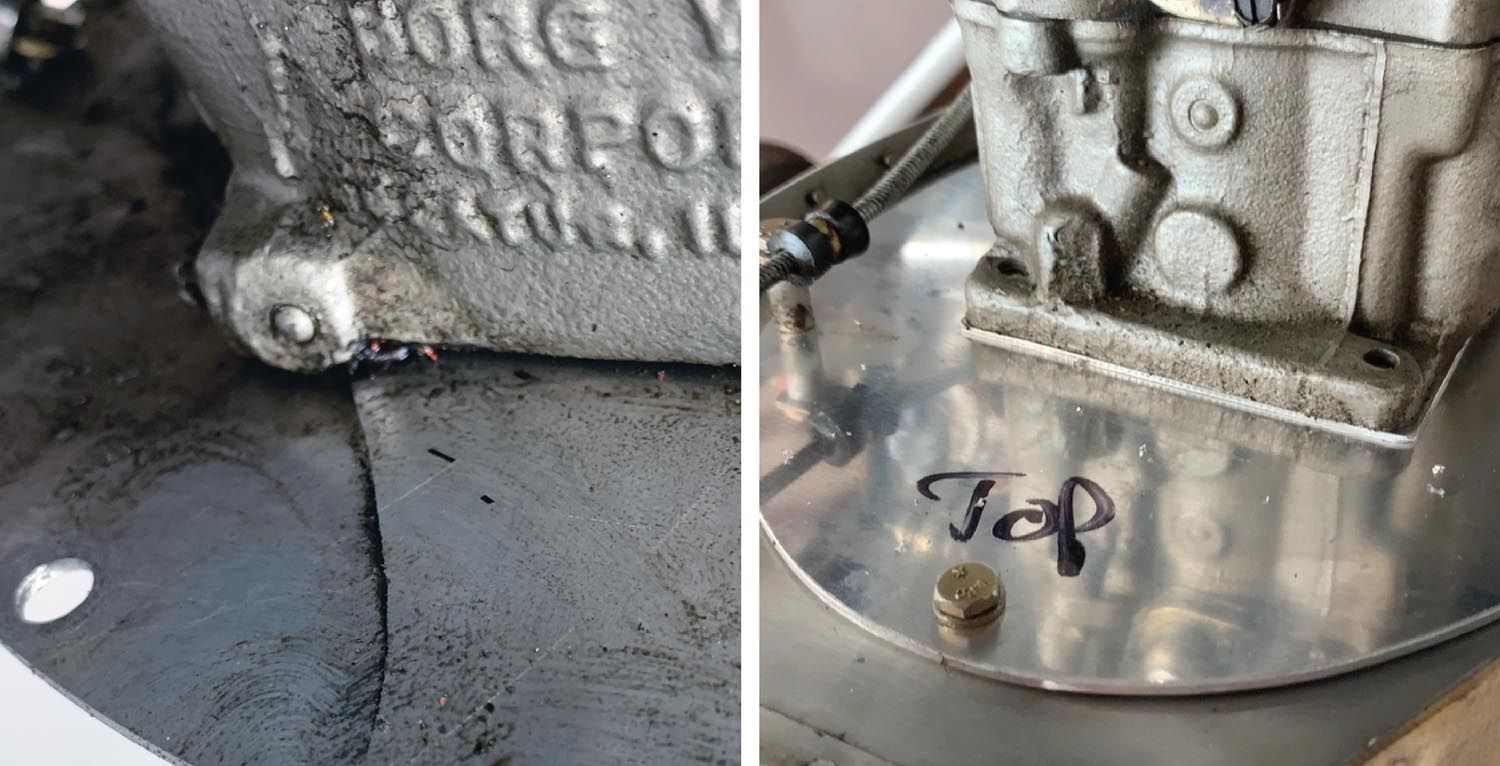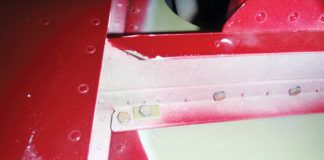One of the best things about Experimental/Amateur-Built aircraft is that virtually anyone can maintain them. But that doesn’t mean it’s a good idea. As Clint Eastwood said in the movie Magnum Force, “A man’s got to know his limitations.”
 One limitation is that the annual condition inspection must be performed by a licensed A&P mechanic or the builder of the aircraft, assuming the builder holds the repairman certificate for that particular aircraft. Beyond that, all other maintenance tasks are fair game that can be performed by anyone, regardless of their qualifications or lack thereof.
One limitation is that the annual condition inspection must be performed by a licensed A&P mechanic or the builder of the aircraft, assuming the builder holds the repairman certificate for that particular aircraft. Beyond that, all other maintenance tasks are fair game that can be performed by anyone, regardless of their qualifications or lack thereof.
That leads to a bit of a quandary: If you want to perform your own maintenance, how can you learn what tasks need to be done and how to do them correctly? If you own an RV, Vic Syracuse’s latest book, Maintenance Handbook for Van’s RV Aircraft, can provide the guidance you’re looking for.
Longtime KITPLANES® readers will certainly be familiar with the many columns about maintenance that Vic has written over the years. About two years ago he also wrote two books, Are Your Nuts Tight: Guide To Identifying Problems on YourAmateur-Built Aircraft and Pre-Buy Guide for Amateur-Built Aircraft. (You’ll find a review of both books in the January 2021 issue.)
According to Vic, “The first two books were all about discovery and what to look for during a prebuy inspection or during maintenance. This latest book is more of a ‘how-to’ book, helping everyone understand what to look for, how to fix it and how to maintain it. That’s a real win for owners—no one teaches them how to do the maintenance.”

What’s Covered
The short answer is almost everything! The 151-page spiral-bound book is divided into 10 chapters and nine appendixes. There are nearly 450 color photos, many with arrows pointing to telltale signs that will help you determine whether something is in airworthy condition or needs to be repaired or replaced. Vic also provides a detailed condition inspection checklist and complete lists of tools and consumables needed to conduct a condition inspection. Here are the major topics found in the book:
The Airframe: Wheels and brakes, including wheel bearings, tires, brake master cylinders and bleeding the brakes. There’s also a section on nosewheels and tailwheels. Other airframe topics include control surfaces and cables, aircraft lighting, canopies, cowlings and fairings.
Ignition Systems: Spark plug testing and maintenance, ignition wires, magnetos and electronic ignitions. An appendix covers timing differences between mags and electronic ignition systems.
Air Intake Systems: Filters, alternate-air doors, intake tubes, hoses and seals, cylinder oil drain-back tubes and valve rocker covers.
Fuel Systems: Gascolators, quick drains, fuel-flow sensors, valves and other components. Fixes for fuel pressure problems and leaking components are discussed in detail.
Oil Systems: How to do an oil change, including removing and installing filters, evaluating the condition of the oil and inspecting debris found in the filter. Also discussed are quick drains, Vernatherms and oil coolers.
Exhaust Systems: You’ll learn what to look for to make sure the exhaust system is functioning properly. It looks simple, but there’s plenty that can possibly go wrong, resulting in unsafe conditions.
The Engine: Engine mounts and isolators, baffling, control cables, nose seals, fuel lines and hoses. You’ll also learn about compression testing and what to do about potential problems like case leaks and cylinder base leaks, burnt valves and broken flywheel teeth. Two appendixes provide plenty of information on what to do when an engine won’t start.
Electrical: Batteries, wiring, starter solenoids and motors, alternators and emergency locator beacons (ELTs).
Propellers: Fixed-pitch, ground-adjustable and constant-speed props all require periodic inspections and maintenance. You’ll learn how to prevent small problems from turning into large problems.
Pitot-Static System: Another seemingly simple system that must be maintained and inspected on a regular basis to ensure your flight instruments are providing accurate information.

What Does Van’s Aircraft Say?
Vic’s book is available from the Van’s Aircraft online store. The product description notes that “RV inspection and maintenance guru (and builder) Vic Syracuse is always sought after for his knowledge, experience and expertise. His book takes you through many topics and potential ‘gotchas’ that RV owners need to know about when maintaining and inspecting their airplanes. We think you’ll find it useful each and every time you use it. It may just be the smartest $69.95 you spend this year!”
Vic likes to say that “Using this book is almost as good as having me look over your shoulder.” We agree that Maintenance Handbook for Van’s RV Aircraft is a terrific resource for anyone who works on RVs—including builders, non-builder owners and A&P mechanics.
You can order a copy from Van’s, Aircraft Spruce or Vic’s website, where you’ll also find a table comparing all three of Vic’s books.













